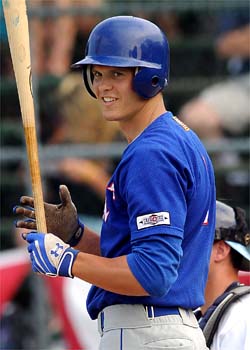 Grant Green
Grant Green
Y-D 2007 & Chatham 2008
Shortstop
USC
Grant Green spent two very different summers on the Cape. In 2007, he was a utility player on a championship team. In 2008, he was the league’s brightest star while playing for a different team.
But through it all, there was a common thread: Grant Green was something special.
He came to the Cape after his freshman season at USC. If he’d been anywhere other than Y-D, in any year other than 2007, he would have been an everyday starter and a star in the making. But on a Red Sox team that featured three top-10 picks, Green had to fight for playing time. A shortstop by trade, he spent time at all four infield positions.
I imagine it was tough for him, but the tougher part was keeping him off the field. Despite bouncing around, Green hit .291 for the Red Sox with four home runs and eight doubles. In the playoffs, when the Red Sox swept to the championship, Green added two more home runs.
The next summer, Green was presented with a different opportunity, but he made the most of this one, too. He turned down Team USA, headed to Chatham, played in every game but one and delivered a huge season. At one point in late July, he’d been on base in every single one of Chatham’s games, with a hit in all but three. By the end of the year, he’d been passed on the batting average leaderboard, but he still hit .348 with six home runs and 21 RBI. He ranked fourth in hitting, third in hits, third in doubles and second in slugging percentage and runs scored.
Green also delivered one of the best all-star game moments of the decade, and maybe further back than that. With Green’s Chatham squad serving as hosts and with his East all-stars down two runs in the eighth inning, Green belted a monster two-run home run to straightaway center field that tied the game. The East stars went on to win the game, and Green’s blast took its place in Cape League folklore.
When end-of-season awards were handed out, Green went home with top pro prospect honors, and nobody was surprised.
After the Cape
Green didn’t flash much power in his senior season at USC so he slipped a little bit in the draft. He had been mentioned as a top-five pick but ended up going 13th to the A’s. So far, he’s made just a brief appearance in Class A.
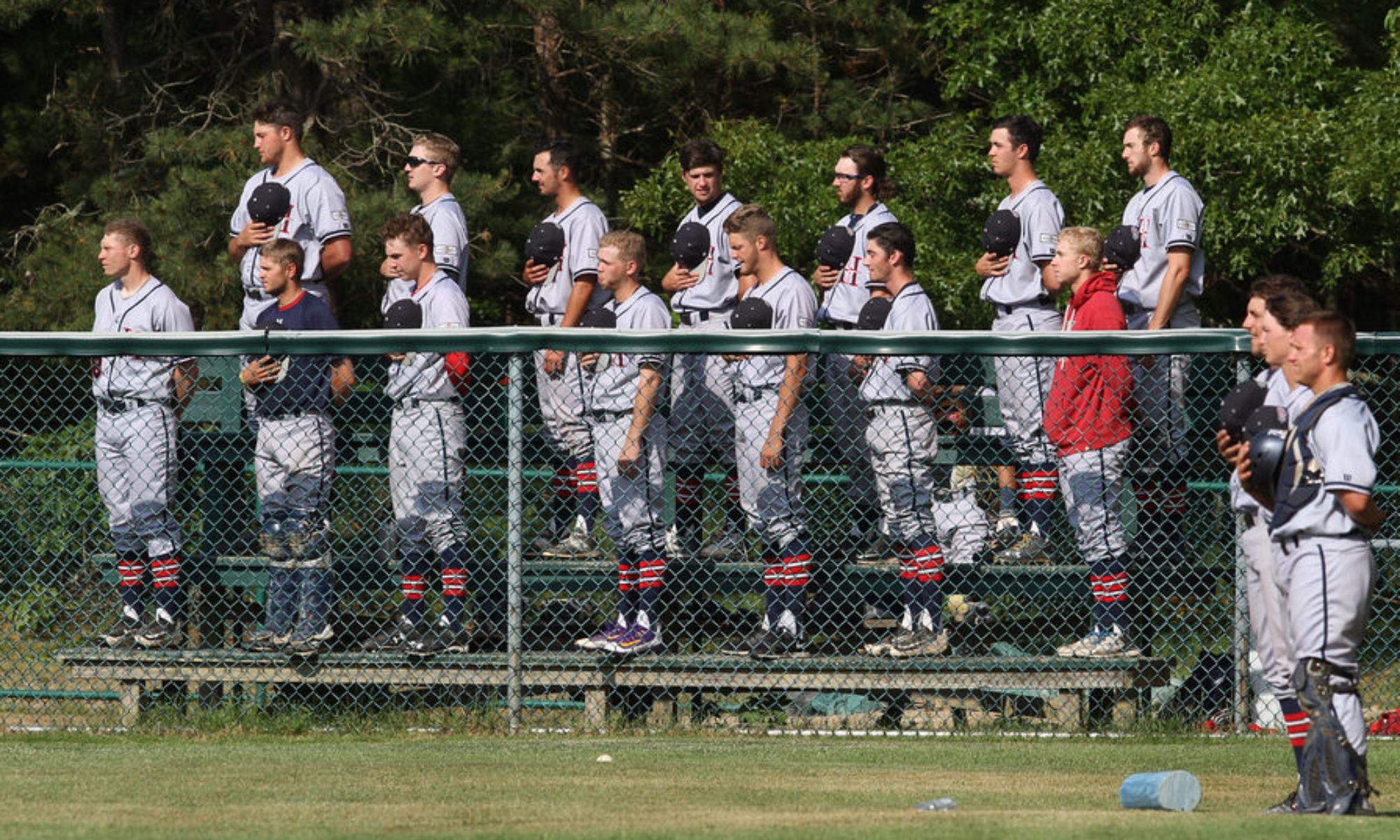
 Ryan Speier
Ryan Speier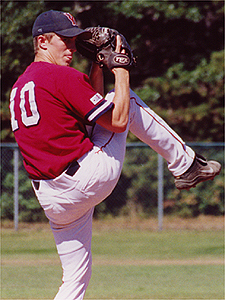 Jeremy Sowers
Jeremy Sowers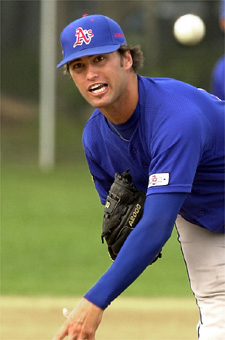 David Huff
David Huff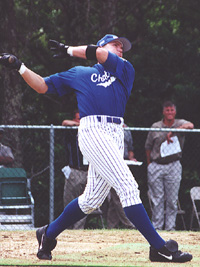 Todd Linden
Todd Linden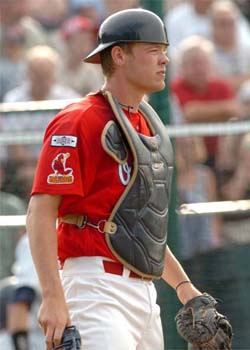 Matt Wieters
Matt Wieters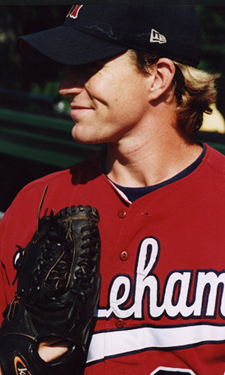 Chris Leonard
Chris Leonard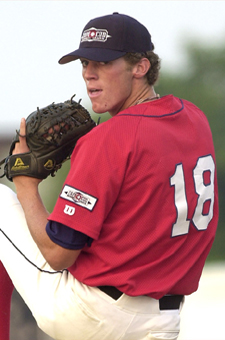 Eric Beattie
Eric Beattie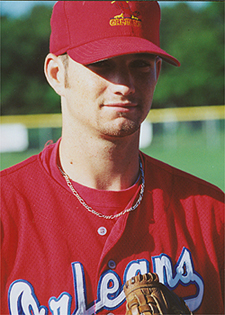 Brian Rogers
Brian Rogers